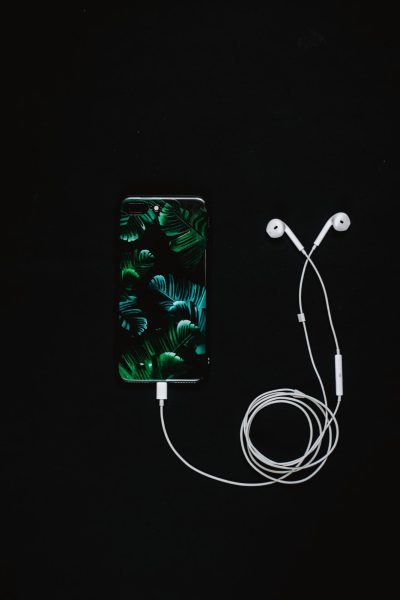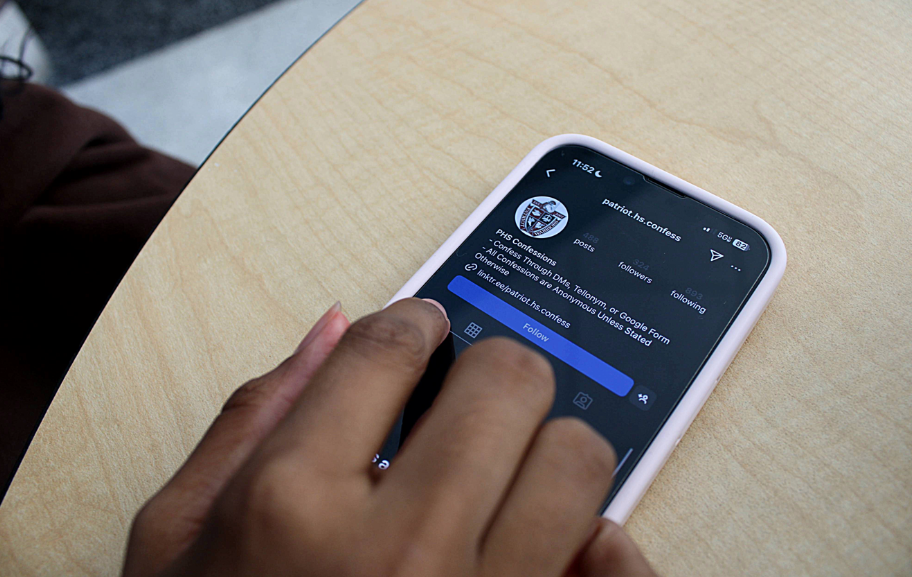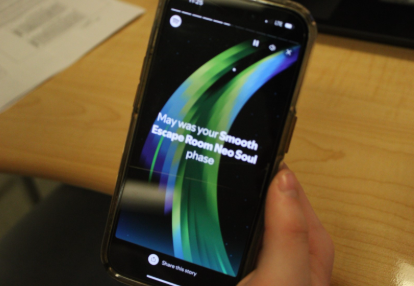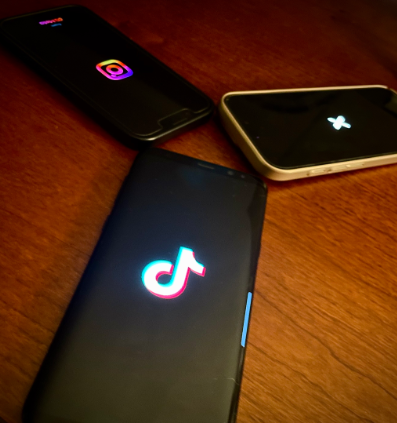IPhone. The “i” moniker has been with us practically since the dawn of modern cell phones. iPhones are everywhere, especially if you live in key regions such as North America or Europe, where Apple controls a sizeable sixty percent share of the sixty-two billion dollar smartphone market.
With big brother Apple having such a commanding presence in our everyday lives, it’s no wonder that the company’s design language has trickled down to other manufacturers. It leaves us with one question though, how far has it gone and how is it hurting us—the consumer?
A little more than a decade and a half since iOS’s debut and more than forty-seven years since Apple’s founding, the company has been and continues to make groundbreaking changes in smartphone industry norms for better or for worse.
Here’s the problem though—

Back in 2016 when Apple released the iPhone 7, many fans of the company were outraged by the notion that they had gotten rid of the standard 3.5mm headphone jack.
In the words of Philip W. Schiller, SVP of Worldwide Marketing at Apple, “[We have] designed the Lightning [cable] to be a great digital audio connector,” and hence they didn’t need a bulky and disruptive headphone jack messing up their sleek design.
Soon enough, many other smartphone giants such as Samsung, Xiaomi, Google, and OnePlus all began dropping the headphone jack from their flagship phones.
Just four years later in 2020, Apple decided to not include the charging bricks in the box with iPhone 12s and beyond. Apple cited environmental and ethical reasons for their switch to smaller boxes and no chargers, but the company reportedly saved 6.5 billion dollars due to the switch. According to PhoneArena, “had Apple passed every penny of savings to its customers, the public could be $6.5 billion richer.”
Unfortunately, the trend continued as other major smartphone manufacturers also began to remove the charging brick from their retail boxes. The move to chargerless boxes not only cost the public billions in additional accessories, but it also wreaked havoc on the environment due to the increased shipping demands for chargers that weren’t included in the box.
This copy-cat practice isn’t just limited to physical design changes, it also extends to the digital world.
Companies outside of Apple haven’t always been the ones to copy features first. In fact, many corner-stone features that have been baked into Android since the late 2000s have only recently been added to iOS including widgets, always on displays (AOD), predictive text, and so much more.
Despite this, many companies are still moving toward an Apple-esque design language in their apps and OSs. One of the most recent examples can be seen in Google’s updated maps UI.

On August 31, Google pushed what seemed to be a new UI update for their maps service which bears a striking resemblance to Apple Maps. It seems to be an A/B test of the new UI on different platforms, but it’s difficult not to see the inspiration taken from a certain bitten-apple company.
At this stage, you might be asking yourself why is this a problem? So what if a few different companies copy the designs of each other, how does this affect us?
The Apple-ification of companies poses a huge problem to consumers in one of two ways, its lack of choice/innovation and its adherence to the whims of Apple’s design philosophy.
It’s evident that these companies are gradually adopting more and more of Apple’s flair. Tech homogenization (all tech looking the same) is a very real thing and when companies implement the same features or designs across their device fleets, it stifles the very innovation and development that kickstarted the whole technology revolution at the turn of the century.
As companies continue to follow in Apple’s footsteps, the bitten-apple company will continue to hold immense power and sway over the smartphone market. It’s very likely that any major business decision Apple makes that hurt the consumer will be replicated by other companies—drastically worsening the effect on the average buyer.
Right now one thing is clear: Apple’s reign over the smartphone market isn’t going away any time soon. All of their actions ranging from removing the charger in the box to discarding the headphone jack contributes to a stagnating smartphone market and an unhappy consumer base. Design features and OS inspiration will continue to prevail in other major tech manufacturers for years to come. Now, it’s a simple case of coming to terms with reality. It’s Apple’s world and we’re just living in it, so maybe it’s time to try an Android for once—a non-Apple-inspired one that is.








